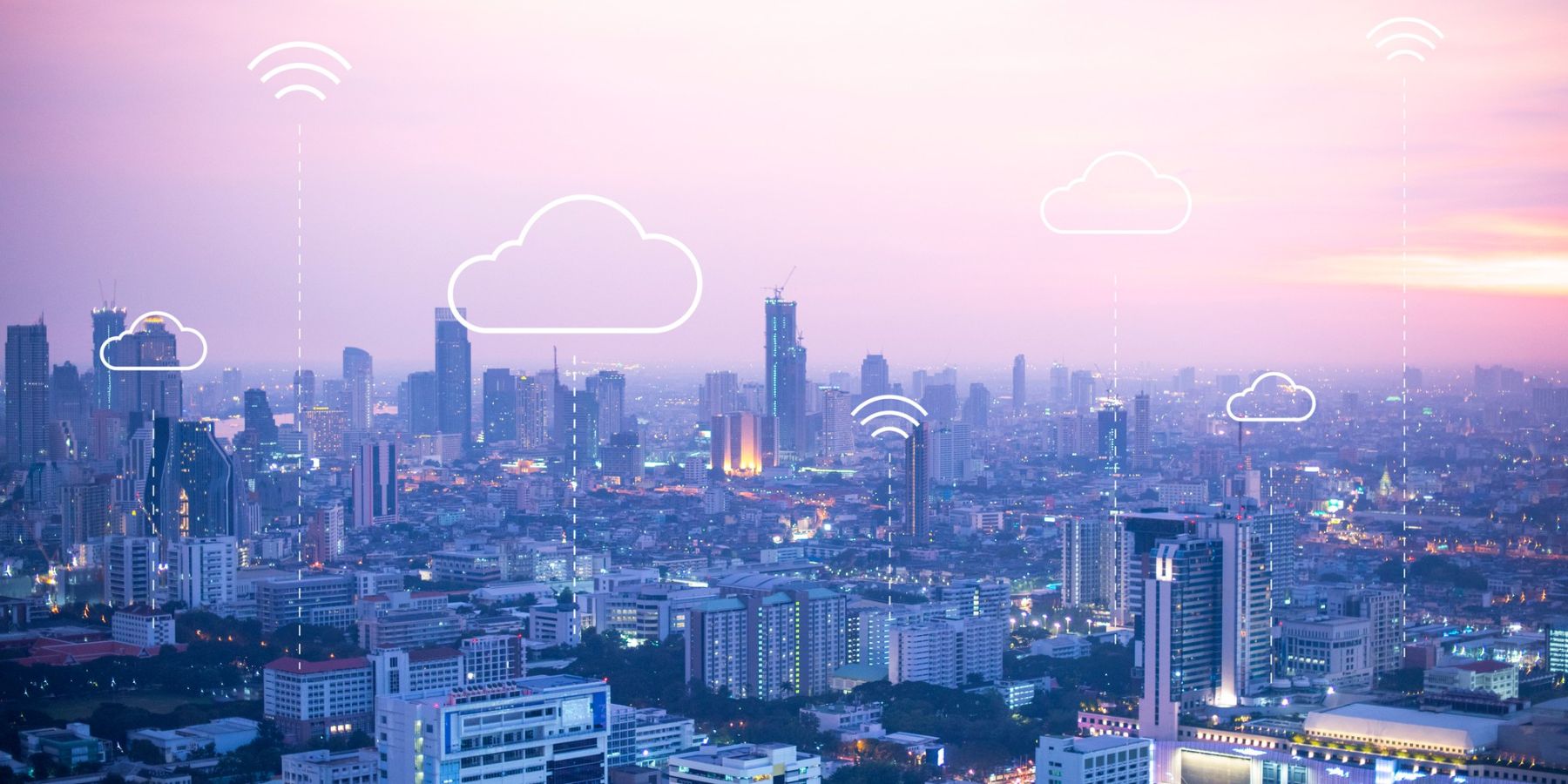1
Continued growth in the number of connected devices
It hardly requires a crystal ball to predict that the number of connected IoT devices will continue to grow in 2024. Currently, according to Statista, there are approximately 15 billion connected IoT devices. That’s equivalent to just under twice the total number of people in the world (eight billion).
It is expected that there will be more than 17 billion connected by the end of 2024. By 2030, the number is expected to reach nearly 30 million. Increasingly, they will be smart devices augmented with artificial intelligence (AI).
2
A greater focus on cyber security
Cyber security can often be an afterthought or overlooked when it comes to both the design and implementation of IoT connected devices. Stories abound how poorly protected devices have enabled access onto wider business networks.
However, the need to maintain the trust of customers and employees should be a priority, meaning data and device security must be further up the agenda when it comes to IoT deployments. In recognition of this fact, the IoT security market is expected to see significant growth: from $3.35 billion in 2022 to $13.36 billion in 2028 – a CAGR of over 26%.
3
Further rollout of 5G networks
Improvements to connectivity will drive further growth as well as improved performance. In particular, wider 5G rollout will pave the way for breakthroughs in smart city technologies, edge computing use cases and autonomous vehicles.
4
Smart buildings
The need to achieve net zero – and the huge contribution the built environment makes to the global carbon footprint – is driving a great deal of IoT investment in smart building solutions. Using sensors to monitor conditions such as temperature or footfall around buildings in order to optimise services like HVAC and lighting helps to lower energy use, improve the employee experience and deliver costs savings to the business.
5
Smart cities
Cities are equally investing in the IoT to help them achieve their net zero and sustainability goals. Investment ranges from public transportation systems, utilities and services provision, footfall and traffic monitoring and energy use. As well as increasing efficiency, these innovations will help to reduce costs, improve the visitor experience and enhance the quality of life for citizens.
